The Gift of South Dakota
Subscriptions to South Dakota Magazine make great gifts!
Subscribe today — 1 year (6 issues) is just $29!
Technology: Friend or Foe to Rural South Dakota?
Dec 13, 2011
By Bernie Hunhoff
The 35 familes of St. Agnes Catholic Church of Sigel are wondering if this is their last Christmas as a parish community in Yankton County. And down the road a bit, the same families' post offices in Utica and Lesterville are also on the chopping block. Both towns lost the last of their schools in the 1990s, and they're probably just hoping that they don't lose the last beer & burger joint.
Is it any wonder that Susy and Johnny have left for jobs in Sioux Falls and Omaha?
We constantly hear that technology is going to be a friend to rural America, allowing us to run a business no matter how far we live from the consumers of the world. But the hype isn't matching reality. Not in rural areas. Not even in urban areas, if you believe Peter Thiel. And you should.
Thiel is the visonary founder of PayPal. He's made billions on dot.coms, and put some of the early money into Facebook. But he told the New Yorker last week that he's disappointed in the technology revolution because it hasn't created the jobs or the quality of life advances that he'd hoped.
If the urbane Peter Thiel is disappointed, imagine how the familes of the Sigel community might be feeling this Christmas. Since 1886, they've done everything that Rome could have asked. They built a church, watched it blow away in a cyclone in 1907, and then built another. They've cared for a growing cemetery, educated their children to the glories of the Church, rasied money for the overseas poor, helped one another in hard times and celebrated together in the good times.
But because cars can easily transport them on good, asphalt roads to the next parish 15 miles away — and because more young men would rather work on Wall Street than attend the seminary, and because young women aren't yet allowed in seminaries, and a dozen other becauses out of their control — they are unsure whether they'll have a functioning parish in 2012.
The nearby post offices are also ripe with becauses. Technology made letters obsolete. Businesses gravitated to bigger cities because they couldn't get broadband in the small towns. Immense equipment and high-tech seeds and pesticides made it possible for one man and his remote-control tractor to tend an entire township, so there are fewer mailboxes per mile. The postmasters in Utica and Lesterville could surely see that little brown trucks and cell phones were running circles around them, but no leadership came from above on how to compete.
So technology — thus far — has not been a great friend to all small towns.
We may see an alternative example, however, as the 2012 South Dakota legislative session unfolds. A big divide has occurred in the state for several years over whether many of the state's 34 emergency call centers should be consolidated to just a few. Thanks again to technology — especially GPS — a state our size could probably be served by one 911 center and it could probably be located in India or Ireland. We no longer need a local operator to tell the deputy or the fire chief to head down Walshtown Road and turn left where the big cottonwood tree stood before it was struck by lightning 10 years ago.
Urban legislators and top law enforcement officials wanted to put major restrictions on the smallest 911 centers, including a requirement that every center be staffed 24/7 by two operators. Of course, that would be hunky-dory in an ideal world. But it hardly makes sense in small, rural counties where the dispatcher probably gets only a call a day and tends to a dozen other responsibilities while awaiting that call.
When emergency response leaders realized that the legislature was loathe to close rural centers, other ideas began to surface. Maybe, someone suggested, we could use technology to link the small centers together so the calls might roll from one town to another if the local dispatcher is already on a call, or running errands while on a lunch break. That seems to be the compromise that is part of a reform package heading to the legislature in January.
Technology is neither friend nor foe. It's what we make of it. Could USPS become a player in the broadband revolution that's badly needed in rural America? Could the Pope beam a Sunday Mass to every Catholic parish on Earth?
South Dakota won't be the place we love today if it becomes a state of three or four cities, separated by economic hinterlands of unemployed, unchurched and unhappy people. Granted, that's an extreme scenario. The good news is that we have more solutions and choices available than ever before in history, thanks to technology and the internet. But we need to make it work for rural South Dakota.


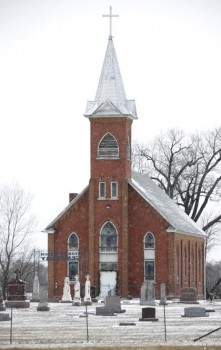

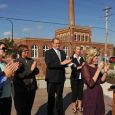
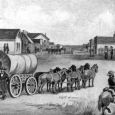
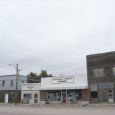

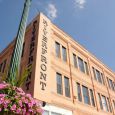


Comments